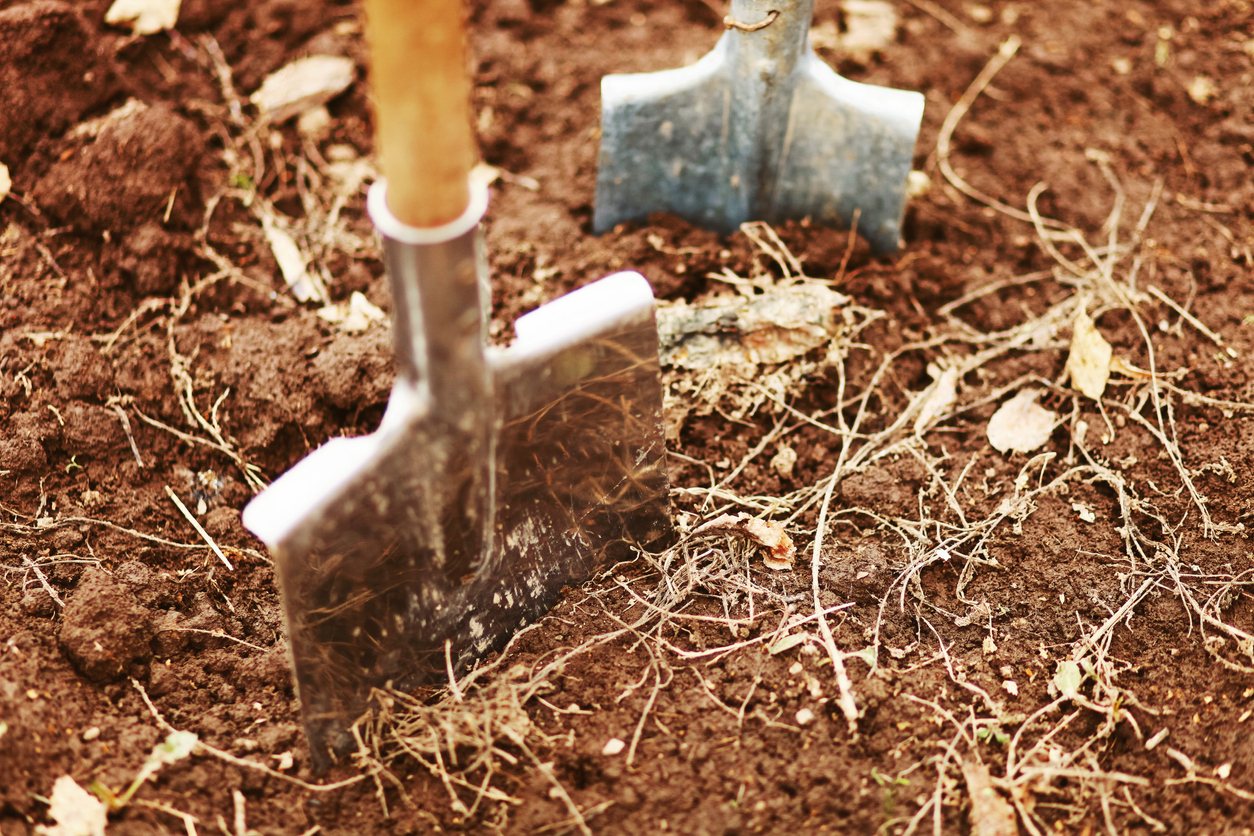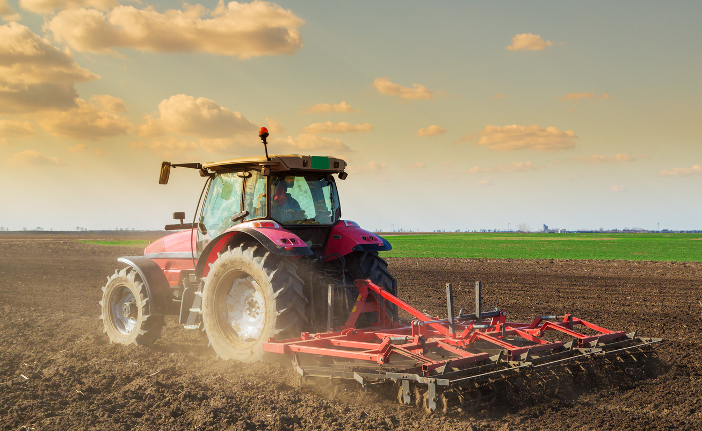How to Prepare Soil for Winter Gardening: A Comprehensive Guide

As the leaves begin to change color and the air grows crisp, many gardeners start to think about putting their gardens to bed for the winter. But did you know that winter can be an excellent time for gardening? With the right preparation, your soil can remain healthy and productive even during the cold season. So, how do you prepare soil for winter gardening? Let's dive in and find out!
Understanding Winter Gardening
Winter gardening is not just about growing cold-hardy plants; it's about maintaining the health and fertility of your soil. The key to successful winter gardening lies in understanding your soil and how to nurture it during the colder months.
Why Winterize Your Garden?
Winterizing your garden is like giving your soil a much-needed spa day. It helps to replenish soil nutrients, improve soil structure, and protect your garden from the harsh winter elements. By preparing your soil for winter, you're setting the stage for a lush and productive garden come spring.
Steps to Prepare Soil for Winter Gardening
1. Clear Out the Old
The first step in preparing your soil for winter gardening is to clear out any old plant debris. Dead leaves, weeds, and spent plants can harbor pests and diseases that can wreak havoc on your garden. By removing this debris, you're giving your soil a fresh start.
2. Add Organic Matter
Organic matter is the lifeblood of your soil. It improves soil structure, increases water retention, and provides essential nutrients for your plants. During the winter, organic matter can also act as a natural insulator, protecting your soil from the cold.
Types of Organic Matter
- Compost: Rich in nutrients, compost is an excellent addition to any garden. You can make your own compost or purchase it from a garden center.
- Mulch: Mulch can be made from a variety of materials, including wood chips, straw, and leaves. It helps to retain moisture and suppress weeds.
- Cover Crops: Plants like clover, rye, and vetch can be grown specifically to improve soil health. They add organic matter and nutrients to the soil and help to prevent erosion.
3. Test Your Soil
Before you can improve your soil, you need to know what it's lacking. A soil test can provide valuable insights into the nutrient levels, pH, and overall health of your soil. You can purchase a soil test kit from a garden center or send a sample to a lab for analysis.
4. Amend Your Soil
Based on the results of your soil test, you may need to amend your soil to improve its fertility. Common soil amendments include:
- Lime: Adds calcium and raises the pH of acidic soils.
- Sulfur: Lowers the pH of alkaline soils.
- Fertilizers: Provide essential nutrients like nitrogen, phosphorus, and potassium.
5. Protect Your Soil
Once you've cleared out the old, added organic matter, and amended your soil, it's time to protect it from the winter elements. A layer of mulch can help to insulate your soil and prevent erosion. You can also use row covers or cold frames to protect your plants from frost.
The Importance of Soil Nutrients
Soil nutrients are the building blocks of a healthy garden. They provide the essential elements that plants need to grow and thrive. During the winter, soil nutrients can become depleted, leaving your garden vulnerable to pests and diseases. By preparing your soil for winter gardening, you're ensuring that your garden has the nutrients it needs to stay healthy and productive.
Tips for Winter Gardening Success
- Choose Cold-Hardy Plants: Not all plants can survive the cold. Choose plants that are specifically adapted to your climate.
- Water Wisely: Even during the winter, your plants need water. Make sure to water your garden regularly, especially during dry spells.
- Monitor for Pests and Diseases: Winter can be a prime time for pests and diseases to take hold. Keep a close eye on your garden and address any issues promptly.
- Plan Ahead: Winter gardening is all about planning. Think about what you want to achieve in the spring and use the winter months to prepare your soil accordingly.
Conclusion
Preparing your soil for winter gardening is a labor of love, but the rewards are well worth the effort. By clearing out the old, adding organic matter, testing and amending your soil, and protecting it from the elements, you're setting the stage for a lush and productive garden come spring. So, why wait? Start preparing your soil for winter gardening today!
FAQs
What is the best time to prepare soil for winter gardening? The best time to prepare your soil for winter gardening is in the fall, before the first frost. This gives you plenty of time to clear out old plant debris, add organic matter, and amend your soil.
What are the benefits of winter gardening? Winter gardening can help to improve soil health, reduce erosion, and provide a source of fresh produce during the colder months. It can also be a great way to extend your gardening season and enjoy the outdoors during the winter.
What are some common winter gardening mistakes to avoid? Some common winter gardening mistakes include not protecting your soil from the elements, overwatering, and not choosing cold-hardy plants. By following the steps outlined in this guide, you can avoid these mistakes and set your garden up for success.
How can I test my soil? You can test your soil using a home test kit or by sending a sample to a lab for analysis. Soil tests can provide valuable insights into the nutrient levels, pH, and overall health of your soil.
What are some good cover crops for winter gardening? Some good cover crops for winter gardening include clover, rye, and vetch. These plants can help to improve soil health, prevent erosion, and add organic matter to your soil.


0 Response to "How to Prepare Soil for Winter Gardening: A Comprehensive Guide"
Post a Comment